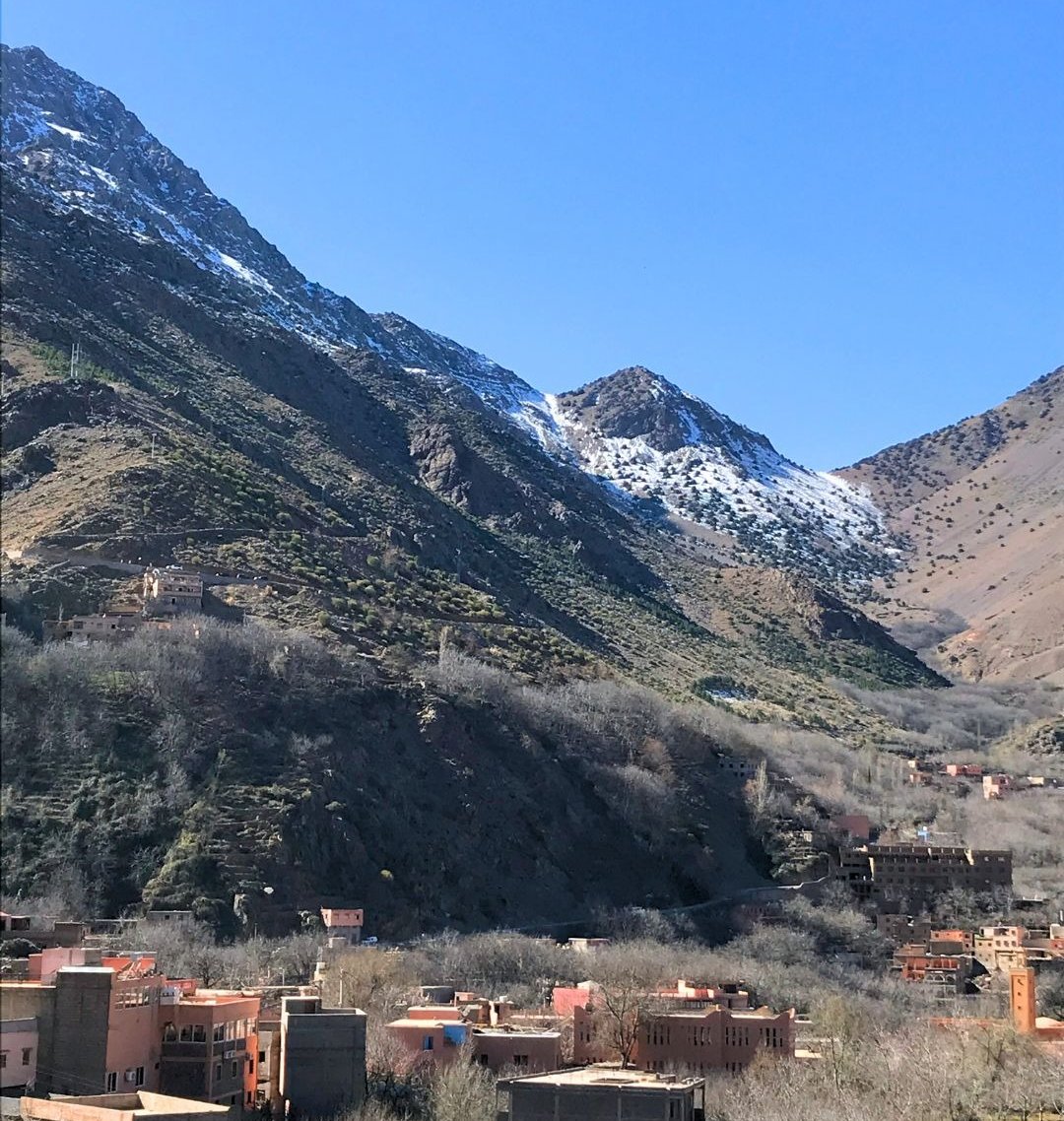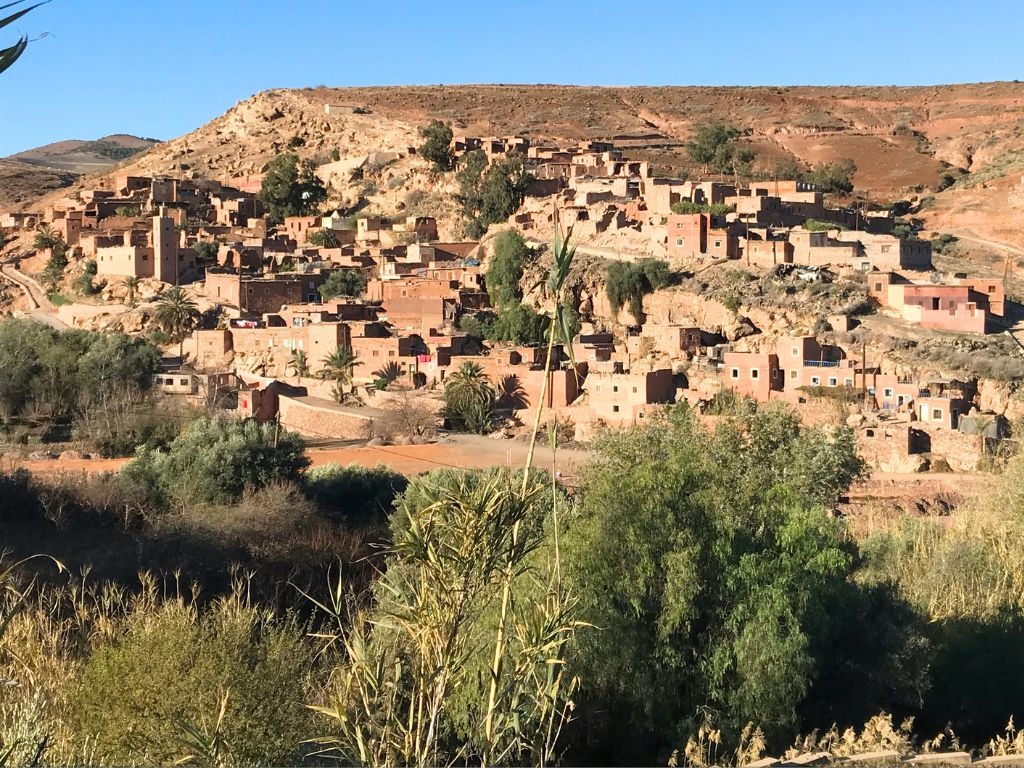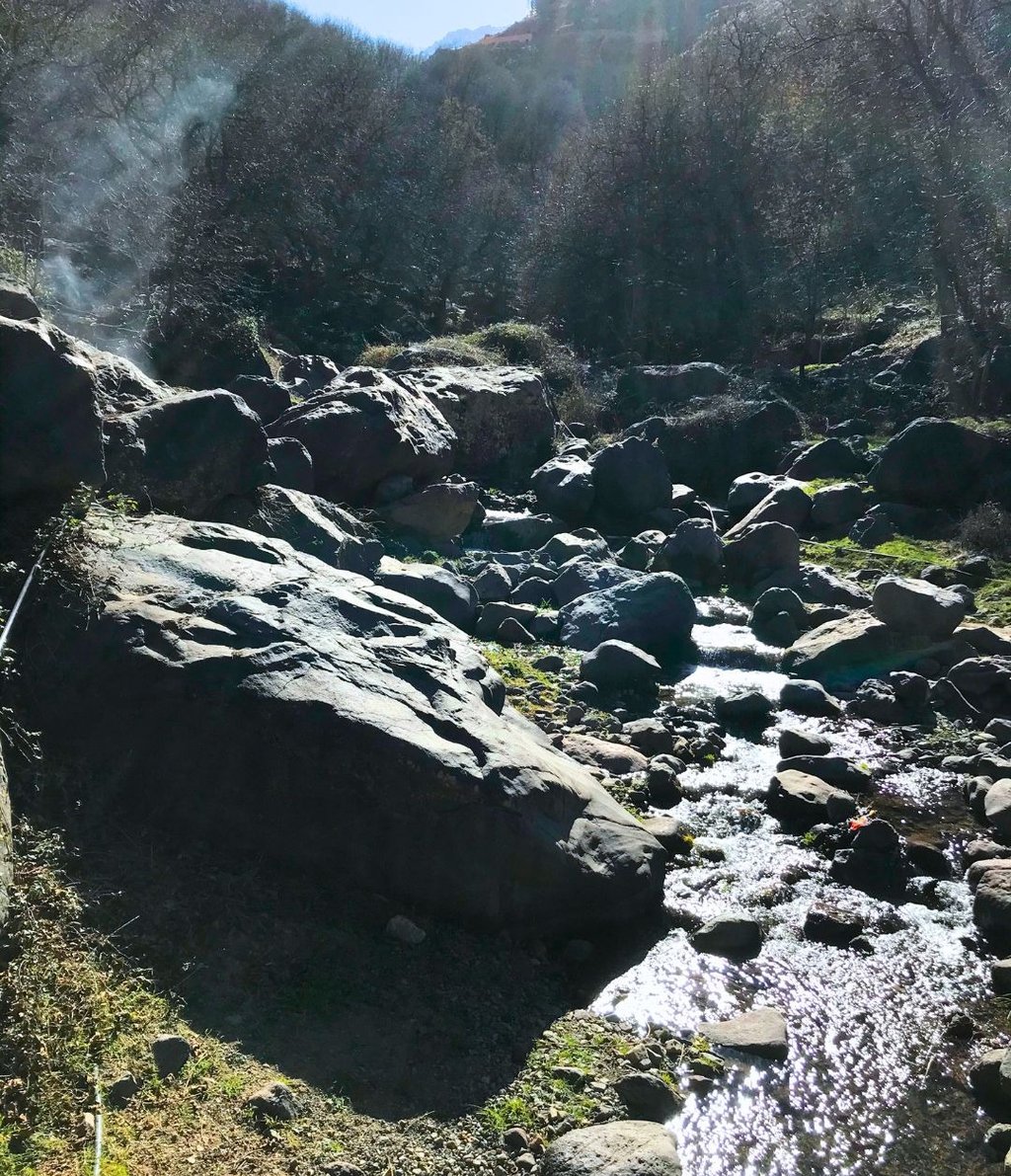
Visiting the Atlas Mountains in Morocco
Visit the Atlas Mountains on a day trip from Marrakech, and it is sure to be the highlight of your Moroccan vacation.
MOROCCO
The Atlas Mountains consist of three individual, but connected mountain ranges spread across Northern Africa, passing through Morocco, Tunisia, and Algeria. In Morocco, they serve as a barrier, closing the country off from the Sahara desert’s toughest climate conditions. The range is full of magnificent peaks dotted with Berber villages, and the highest peak, Toubkal, is 4,167 meters and lies within Morocco's Toubkal National Park.
More than 8 millennia ago, the Berbers were the first civilization to call the Atlas Mountains home. They have remained there for all this time and preserved not only their culture but also their languages and way of living. Berbers still use ancient techniques to harvest the fertile lands of the Atlas mountains, and they still live in flat-roofed homes from stone and earth like they always have. Farming and breeding animals are the main modes of money-making. However, the tourism industry is expanding, and hotels are being built as more and more nature lovers head to the range each year.
I was able to visit the Atlas Mountains on a day trip from Marrakech when I was in Morocco a couple of years ago, and it was one of the highlights of my entire trip.


What to Expect on Your Atlas Mountains Day Trip
Your trip to the Atlas Mountains starts with a van ride through some seriously winding roads. The hairpin turns with no guardrails will get your adrenaline rushing, but the driver doesn't ever break a sweat (or use the brakes all that much either.) My tour stopped at a few vantage points for photo ops and then had a brief stopover at a women's cooperative where they made argan oil. We got to sample some fresh bread with honey and oil dipping sauces, see a demonstration of how the oil was made, and do a little shopping as well.
After that, you are on to the Berber mountain village. Some spots will be without electricity, but the remote villages offer stunning landscapes and immersive cultural experiences. You will also have the opportunity to take a hike and visit a lovely waterfall.
I took my day trip in January, so the air was a bit crisp up in the mountains. However, the hiking kept me warm, and the hearty lunch (included) kept me fueled.
What to Do in the Atlas Mountains
Nature is the main attraction here. People come from all around the world just to try out the trekking routes. If you opt to go it alone instead of with a tour group, there are plenty of local Berber guides that can help you navigate through the areas and let you in on the best views to take your breath away.
The most convenient thing to do would be to stay in Marrakech like I did as it is only an hour-and-a-half drive from the Atlas mountains. It’s right in the heart of the High Range section of Atlas.


In most cases, the beginning of the journey through the High Range begins from Imlil, 56 miles from Marrakesh. This town is in close proximity to Toubkal National Park, and it’s where trekkers go to grab last-minute supplies.
Ourika Valley and Azzaden Valley are both famous destinations, accessible from Marrakesh as well. They are quieter and relaxing alternatives to Imlil. If you want to have a conversation with a Berber family and see their culture come alive, this is a good place to go.
The Middle Range also has quite a few feasts for your eye landmarks. For example, in Ifrane National Park, you could encounter troops of Barbary macaques or 800-year-old cedar trees. You could also visit Berrem George, a canyon located close to Midelt.
Keep in Mind: The rise of tourism has meant additional pollution and an increase in litter. Development and popularity don't have to interfere with the richness of the culture and the beauty of the scenery if every tourist travels with care. Please do your best not to contribute to the destruction of one of the few preserved places left on our planet.
What to Pack for the Atlas Mountains
Comfortable sneakers or boots for the hiking section. A water bottle to keep you hydrated. While bottled water is available in the restaurants, you may find yourself needing hydration while hiking or on the van ride.
Hand sanitizer, sunscreen, insect repellent, and waterproof clothing are all good ideas. Binoculars will enhance your viewing experience, and a camera can help you preserve your memories. You will also want to bring some Dirhams to tip the guide and make purchases in the villages.
A warm layer of clothing is a must-have for some of the higher parts of the mountains, where the weather can leave you shivering.
Atlas Mountains Climate
On the tallest peaks of Atlas, you can find snow no matter what time of the year it is.
The winter temperatures can be quite chilly, with January being the coldest month and in the 50s on average. The Atlas Mountains climate sees the warmest days in July, which can get too oppressive for serious hiking with highs in the 80s. The most pleasant times to make the trip would be during the spring months of April and May or the autumn months of September and October.
Save a Day of Your Marrakech Trip for the Atlas Mountains
The day trip to the mountains was one of the highlights of my time in Marrakech, and I highly recommend it to anyone visiting Morocco. If you have the time, you can find longer tours that last a day or two or even include hiking Toubkal. Just make sure you are ready to take on the mountain before booking something that ambitious!


